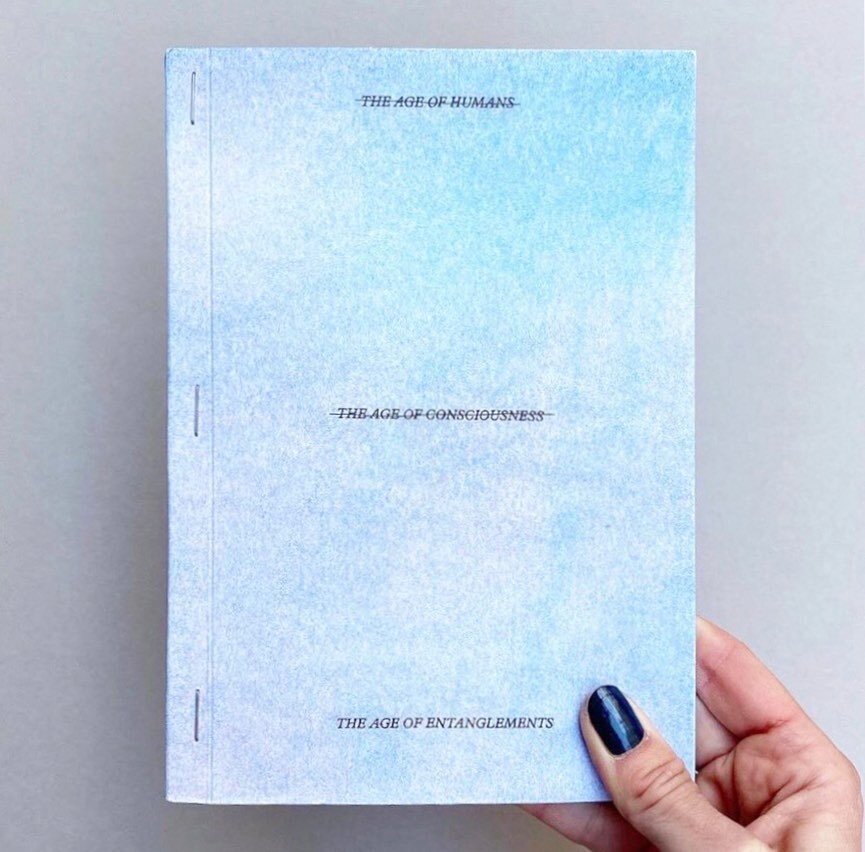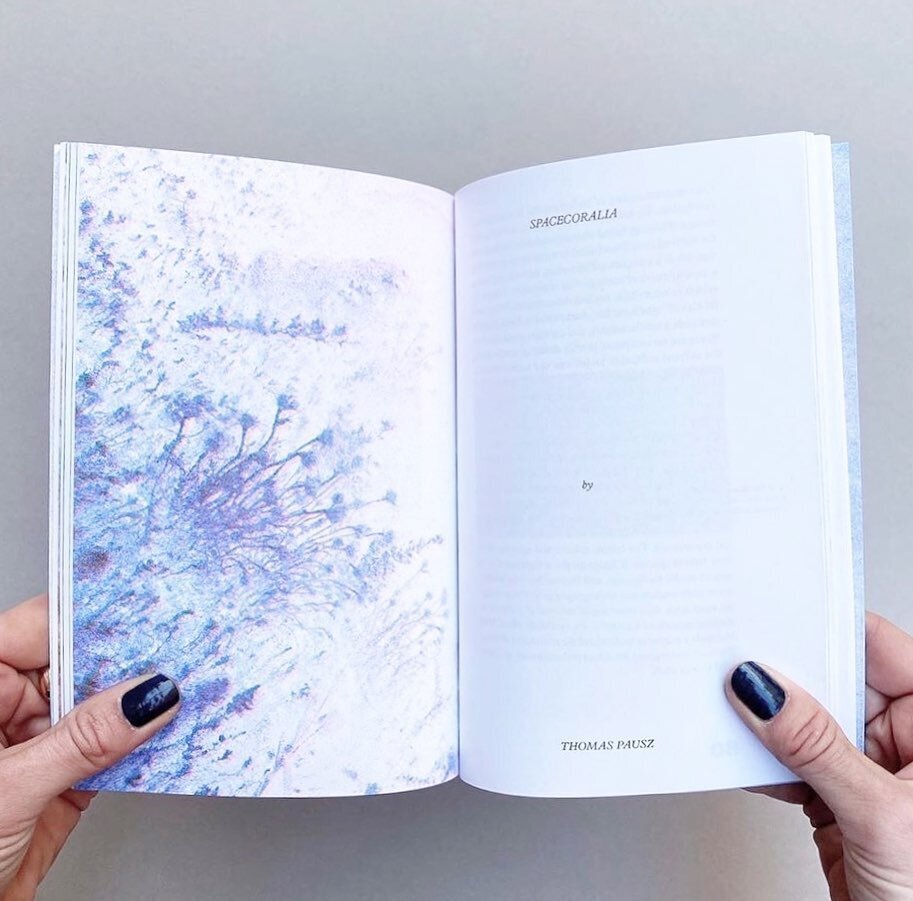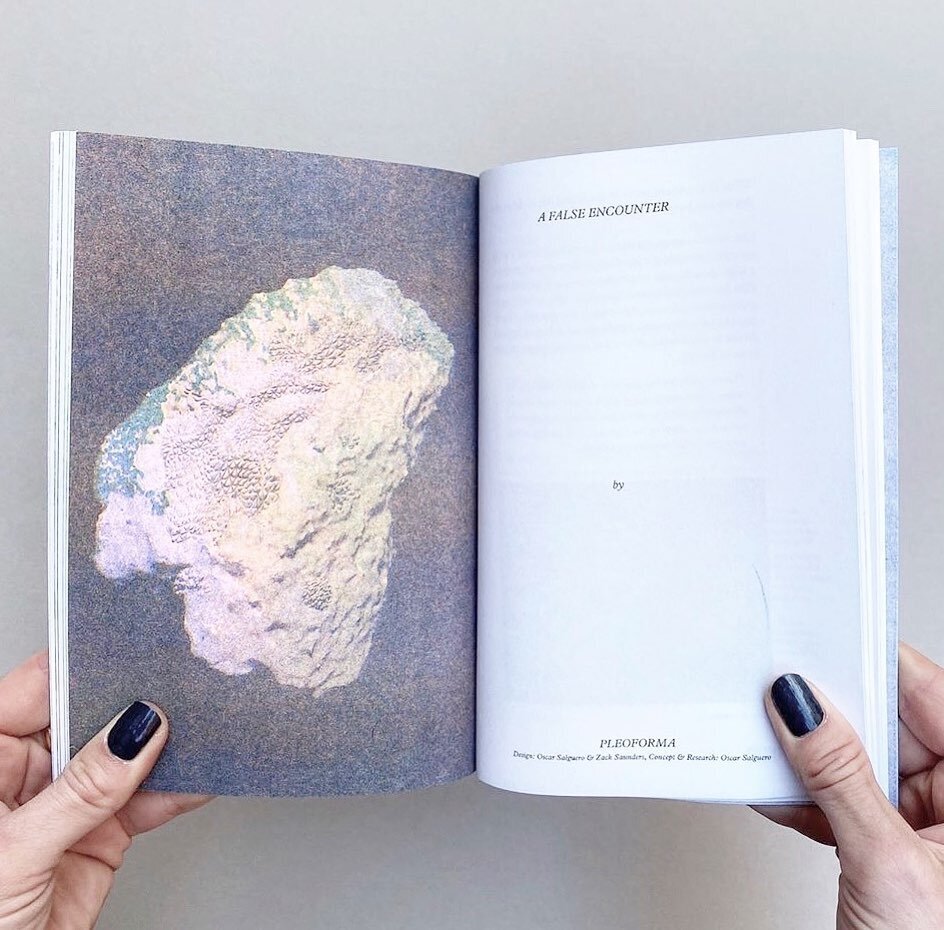The Catalogue
“ We live in capitalism, its power seems inescapable – but then, so did the divine right of kings. Any human power can be resisted and changed by human beings. Resistance and change often begin in art.”
- Ursula Le Guin [1]
[1]“Ursula K Le Guin's Speech at National Book Awards: 'Books Aren't Just Commodities',” The Guardian (Guardian News and Media,
November 20, 2014), https://www.theguardian.com/books/2014/nov/20/ursula-k-le-guin-national-book-awards-speech)
The catalogue for The Age of Entanglements exhibition contains texts written by the curator Petra Lilja and the eight design studios, showing parts of their extensive research conducted over the two years of the project. The catalogue is designed and printed by Gustaf Montelius and Simon Nilsson. An excerpt from the curatorial text by Petra Lilja: What can we learn from the designers’ future scenarios in The Age of Entanglements-project? Perhaps, that The Age of Entanglements is not about the future at all, but rather about the present. Not about space, but about Earth. Neither about aliens, but about the human as an ecosystem. This two-year long project has been a collective learning process. A curatorial wish to challenge the normative field of design, by encouraging emergent design perspectives that “might better support values such as equality and justice for humans and nonhumans that have been traditionally ignored in design processes”, to quote Laura Forlano.[1] What we can conclude is that this exhibition is neither a final product of a research and design process, nor does it offer solutions. Rather, it is part of a continuous process that has made us humbly aware of how difficult it is to step out of our human-centered mindset and how privileged we are to be able to speculate in plausible futures at all.
It is also a call to continue exploring how design can blur the lingering boundaries between nature and culture even more, and question the living/non-living binaries. A design- and curatorial challenge that we will bring with us into the future, is exploring ways to work beyond the representational and symbolic, since we believe that greater change in the design field only can happen if we approach our practice as becomings in the world.
“ If we appreciate the foolishness of human exceptionalism then we know that becoming is always becoming with, in a contact zone where the outcome, where who is in the world, is at stake.”
- Donna Haraway[2]
[1] Laura Forlano, “Posthumanism and Design,” She Ji: The Journal of Design, Economics, and Innovation 3, no. 1 (2017): pp. 16-29, https://doi.org/10.1016/j.sheji.2017.08.001, p.17)
[2] Donna Jeanne. Haraway, When Species Meet (Minneapolis: University of Minnesota Press, 2008), p.244)




